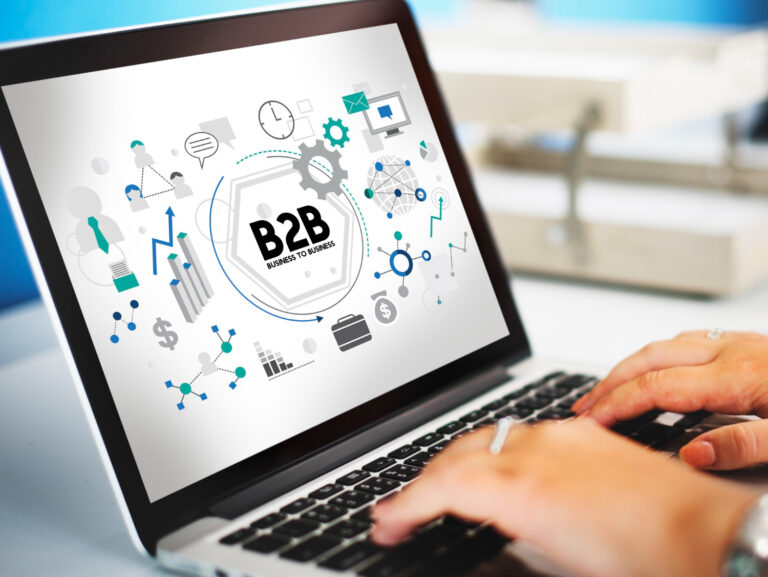
How Buying Organic Website Traffic Can Harm Your SEO: A Comprehensive Analysis
In the digital marketing realm, driving traffic to your website is a top priority. Many businesses are tempted to buy organic website traffic to quickly boost their numbers. However, this shortcut can have serious repercussions for your SEO efforts. This comprehensive guide will explore the pitfalls of purchasing organic traffic, how it can harm your SEO, and what alternative strategies you should consider for sustainable growth.
Table of Contents
1. Understanding Organic Website Traffic
Organic website traffic is generated from search engine results that are earned rather than paid for. Users find your site based on its relevance to their search queries, as determined by search engine algorithms. Organic traffic is highly valued because it indicates that your content is relevant and authoritative.
2. The Temptation to Buy Traffic
The allure of purchasing organic website traffic lies in its promise of quick results. For businesses struggling to gain visibility, this option appears to offer an immediate boost in website visitors without the prolonged effort required for traditional SEO methods.
3. The Reality Behind Purchased Traffic
Despite the appealing proposition, purchased traffic often fails to deliver real, human visitors. Instead, much of this traffic comes from bots or low-quality sources that do not engage with your content meaningfully. This discrepancy can lead to a range of issues that ultimately harm your site’s SEO performance.
4. How Bought Traffic Harms Your SEO
Impact on Bounce Rates
Bounce rate is the percentage of visitors who navigate away from your site after viewing only one page. High-quality, organic traffic typically results in lower bounce rates because visitors find your content relevant and engaging. Conversely, bought traffic, especially from bots, tends to bounce almost immediately. This signals to search engines that your content may not be valuable, negatively impacting your rankings.
Lowered User Engagement
Search engines use various metrics to assess the quality of a website, including time on site and pages per session. Genuine visitors typically spend more time on your site, exploring multiple pages and interacting with content. Bot traffic, on the other hand, skews these metrics, reflecting poorly on your site’s perceived value and relevance.
Risk of Penalties from Search Engines
Search engines like Google are continuously improving their algorithms to detect and penalize manipulative practices, including the use of bought traffic. If detected, your site could face severe penalties, including a drop in rankings or even removal from search engine indexes. This can have long-term negative effects on your online visibility and credibility.

5. Case Studies: Negative Impacts of Bought Traffic
Case Study 1: E-Commerce Store
An e-commerce store struggling with low traffic decided to buy organic traffic. Initially, the traffic surge appeared beneficial, but within weeks, the site’s bounce rate skyrocketed, and average session duration plummeted. Google detected the unnatural traffic patterns, resulting in a significant drop in search rankings. The store’s organic traffic dried up, and recovery took several months of intensive SEO work.
Case Study 2: Blog Site
A blog site bought traffic to boost ad impressions. While page views increased temporarily, advertisers noticed low engagement and reduced ad effectiveness. As a result, the site lost advertising partners and revenue. Additionally, the blog’s organic search rankings declined due to the poor user engagement metrics caused by the bot traffic.
6. Alternatives to Buying Traffic
Content Marketing
Investing in content marketing is a sustainable way to attract organic traffic. High-quality, informative, and engaging content naturally draws visitors to your site. Regularly publishing blog posts, articles, and other forms of content that address your audience’s needs can improve your site’s authority and search rankings.
SEO Best Practices
Adhering to SEO best practices is crucial for long-term success. This includes optimizing on-page elements like meta titles, descriptions, headers, and content. Additionally, building high-quality backlinks and ensuring a mobile-friendly, fast-loading website can significantly enhance your organic traffic.
Social Media Strategies
Leveraging social media can amplify your reach and drive traffic to your site. Sharing your content across platforms, engaging with your audience, and participating in relevant online communities can create a steady stream of visitors interested in your offerings.
Paid Advertising
While paid advertising, such as PPC campaigns, requires investment, it can effectively drive targeted traffic to your site. Unlike bought organic traffic, paid ads are transparent and trackable, allowing you to measure ROI and adjust strategies accordingly.
7. Choosing the Right SEO Agency or Expert
When selecting an SEO agency or expert, it is crucial to ensure they employ ethical, white hat SEO techniques rather than shortcuts like buying organic traffic, which falls under black hat SEO. Here are some tips to guide you:
- Research Their Methods: Ask potential SEO partners about their strategies. Reputable agencies will focus on content quality, link building, and other legitimate tactics.
- Check Their Track Record: Look for case studies, client testimonials, and reviews to assess their past performance and reliability.
- Avoid Guarantees of Overnight Success: SEO is a long-term investment. Be wary of anyone promising quick fixes or instant results.
- Understand Their Reporting Practices: Ensure they provide transparent, regular reports that detail their activities and the outcomes.
For more insights on ethical SEO practices, you can refer to my detailed blog post on white hat vs. black hat SEO.
8. Best Practices for Genuine Traffic Growth
- Keyword Research: Conduct thorough keyword research to identify terms your audience is searching for. Optimize your content around these keywords to attract relevant traffic.
- Quality Content: Focus on creating high-quality, valuable content that addresses your audience’s pain points and interests.
- User Experience: Ensure your website is user-friendly, with intuitive navigation, fast loading times, and a responsive design.
- Engagement: Encourage user engagement through comments, shares, and interactive content. Respond to feedback and build a community around your site.
- Analytics: Regularly monitor your website’s performance using tools like Google Analytics. Track key metrics such as bounce rate, session duration, and conversion rates to identify areas for improvement.
Conclusion and Call to Action
While the idea of buying organic website traffic might seem like a quick fix, it can do more harm than good to your SEO efforts. Bot traffic can lead to high bounce rates, poor user engagement, and even penalties from search engines. Instead, focus on sustainable strategies like content marketing, SEO best practices, social media engagement, and paid advertising to drive genuine, high-quality traffic to your site.
By investing time and effort into these proven methods, you’ll not only improve your site’s search engine rankings but also build a loyal audience that values your content. Remember, there are no shortcuts in SEO; genuine success comes from consistent, ethical practices that prioritize user experience and quality.
If you’re looking for expert advice on enhancing your SEO strategy and growing your organic traffic genuinely, I offer professional consultation services. Visit my Fiverr page to learn more and book a session: SEO-Friendly Content Writing Services. Ensuring you choose an SEO agency or expert that uses white hat techniques is critical for long-term success. Avoid the temptation of buying organic traffic and focus on building a strong, sustainable foundation for your online presence. For further guidance, don’t hesitate to reach out for a personalized consultation.



